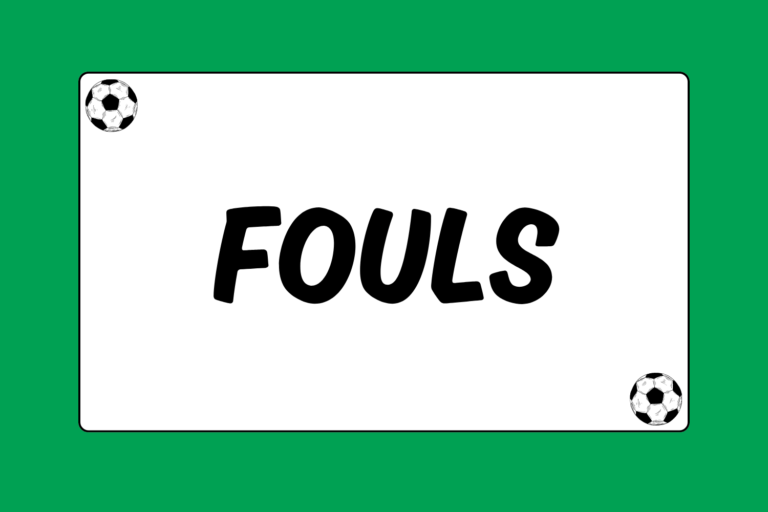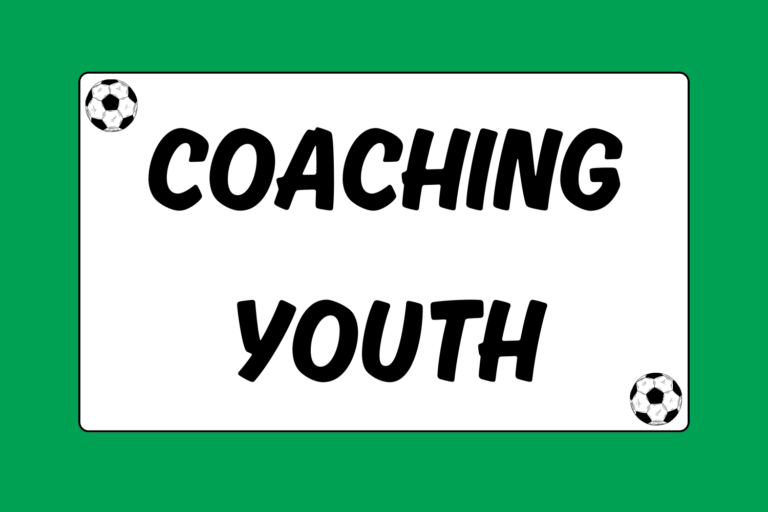Many coaches do their players a disservice by not getting them properly warmed up before a game. This is somewhat okay in the case of very young players. Children under the age of 10 merely need to do light jogging and stretches to get ready to play. However, players above U-10 who don’t prepare to play with warm-up drills before a game risk poor play on the field and even injury. This guide explains how coaches can make sure their players warm up in the proper fashion.
Effective warm-up drills have three important components that help players get ready for games:
- They increase core body temperatures to where they’ll be during the game.
- They activate muscles to get them ready for performance and reduce the risk of injury.
- They let players get prepared mentally and focus on the game ahead.
Muscles that are activated through light activity are more capable of producing quick energy at the start of a game. A few quick drills can get players prepared and ready to play. For coaches, it’s a good idea to set up a pre-game routine for players based on a few simple warm-up drills. Making these drills routine will let players get ready at their own pace and let a coach’s words be about the game, instead of the pre-game.
Mental Edge
Keep in mind that players should never be tired after warm-up drills. Players should spend at least twice as much time resting as they do working prior to a match.
With the Ball
Warming up with the ball prior to a game helps players get comfortable with the ball at their feet and ready for soccer activity. It’s always a great idea to pair each player up with a teammate to pass the ball back and forth for five minutes. Begin with light passing and move into one- and two-touch passing that forces players to focus on the ball.
Quick toe taps are also great for focusing on dribbling and controlling skills. Players should stand with the ball between their feet and tap it with the inside of one foot to the inside of the other. Players should quickly hop back and forth between feet while tapping the ball from side to side.
It’s also helpful to do light dribbling in 20-yard jogs. Coaches can set up cones in a zig-zag pattern, with players having to dribble around the outside of each cone. Remind players to go slowly and concentrate on controlling the ball, rather than working up a sweat.
Simultaneous Passing
Simultaneous passing pairs each player up with a teammate, facing each other 10 yards apart. Each player should have a ball at his right foot, and pass the ball simultaneously to the other player’s left foot. After receiving the ball with his left foot, each player should quickly transfer the ball to his right foot, and pass it back to his teammate’s left foot.
In this way, there are two balls simultaneously moving counter-clockwise. Instruct players to see how quickly they can pass the two balls without losing control.
Without the Ball
It’s important to warm up both with and without the ball. Warm-up drills without the ball are designed to let the muscles get warm and to increase heart rate and body temperature. Light jogging is a good start to a warm-up routine.
While jogging or in brief sprints, a variety of quick, low-impact exercises can be used to accelerate the heart rate and activate important “soccer” muscles. These exercises include:
- Trunk-rotations
- Backpedaling
- High-knees
- Butt-kicks
- Quick accelerations
Coaches can use cones to create a warm-up drill that’s divided into three sections, with the first and third sections 10 yards in length and the second – or middle – section 15 yards in length. Players line up before the first section and jog lightly for 10 yards, then begin one of the above exercises for 15 yards. This should be followed by a cool-down jog for 10 yards. After completing one drill, players should loop around, stand in line, and do some light stretching before repeating.
Keep-away Drills
Keep-away drills are great for warming up, because they’re low-impact, they activate soccer-specific muscles, and they get players thinking about passing and defense. Keep-away drills can pit three or four players against one, or multiples of those numbers, such as six on two. The larger number forms a circle around the one or two defenders, and must control the ball while the defenders try to gain possession. A player who loses the ball must trade places with a defender and the action quickly resumes.
Coaches can vary the drill in a variety of ways, such as…
- Using a one-touch rule.
- Using two balls.
- Forcing players to make chip passes.
- Using only the outside of the foot to receive or pass.
- Making the circle wider or smaller.
Keep-away drills require little space and are a great to stay warm after completing other light pre-game work.
Laps are for Training
Pre-game warm-ups are about getting ready for soccer activity, instead of improving conditioning. The best warm-up drills require soccer-specific activity. They’re for getting players thinking like soccer players. Leave the laps around the field for training and get your team into a solid pre-game routine. Having the right warm-up drills can reduce the time your team needs to get into the flow of the game once it has begun.





